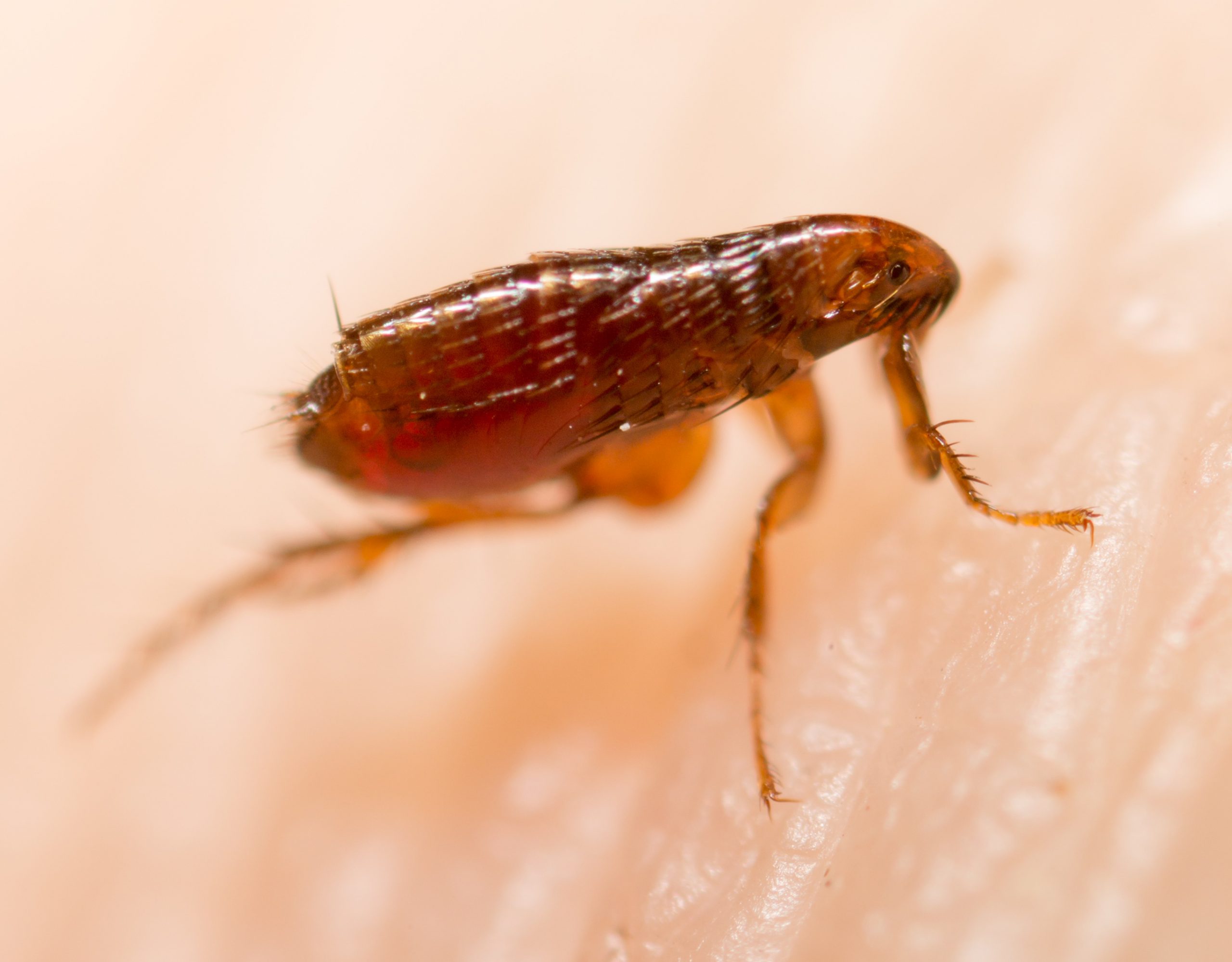
Small, parasitic, and creepy; both fleas and ticks are the source of many bug bites that result in pain and irritation. If you have any pets, fleas and ticks are even more likely to invade your space and inflict itchy, painful bites on every member of your family. These parasites may even carry harmful pathogens and diseases that can be transmitted through their saliva, and you don’t want them anywhere near your home and family.
Know some of the more notable differences between these two small bugs so you can take the correct measures to protect your loved ones from annoying or harmful bites.
Identify the Differences
If you don’t know what to look for, it may be easy to confuse these two parasitic creatures at first. This is because they share many similarities. However, a few essential characteristics set them apart.
Appearance
Fully matured fleas are incredibly small and will grow to be up to an eighth of an inch long or about the size of a pinhead. Fleas are so small, they look like little more than tan or brown crumbs or grains. Though you can often easily spot these brown specks in hair, fur, or clothing, the specks are sometimes not fleas at all, but are actually what is known as flea dirt, or feces.
Adult ticks are larger than fleas, and they vary in size depending on how engorged their bodies are with blood. Their bodies can vary in color, such as brown, reddish, black, grey, yellowish, or black. Ticks are members of the arachnid family, so, unlike fleas, they have eight legs instead of six.
Behavior
Both of these blood-sucking parasites have their sights set on a host, but ticks will move from host to host rather than rest on a single warm-blooded creature as fleas prefer to do. Neither of these parasites have wings, yet both can access their hosts in fairly impressive ways. Fleas are capable of jumping very long distances relative to their size, while ticks can crawl, climb, balance, and drop onto the host of their choice, primarily when the host is resting.
You and your family members are most likely to attract ticks when you spend time in the great outdoors, and they don’t typically move in groups. They may hide out for hours before taking their first bite and will move on to a nearby host quickly after.
Fleas infest the hair and fur of a person or animal where they eat, sleep, and reproduce for the duration of their life cycle. Flea infestations spread quickly on the body of the original host and, soon, to nearby creatures, too.
Bites
Both flea and tick bites are likely to result in redness, itching, or irritation. However, flea bites are typically much smaller and tend to show up in clusters. Tick bites have a unique appearance, and they can look like a bullseye featuring a darkened center where a scab might be or where the tick has still buried its head to feed below the skin.
Both bites require special treatment, but you need to be especially careful with tick bites. Ticks may stick around to feed for several weeks, remaining latched under the skin the whole time. If care is not taken to remove the tick, it could transmit harmful pathogens or become stuck under the skin and result in an infection. Be careful when examining a tick bite to identify whether the tick is still present or not.
Bring In the Pros
If you’re still not sure whether you have fleas or ticks on your hands, don’t hesitate to call in the professionals. A pest control expert can identify these pests and develop a treatment plan to banish them from your home for good. This means you and your family can stay safe from flea and tick bites that range from merely annoying to downright risky. Contact Mosquito Masters for more information.
